Statistics Canada released a report Tuesday answering why 40 percent of those in our home and native land didn’t turn out to cast a ballot in the last general election.
The statistics agency, which pegs voter turnout at 70 percent compared to Elections Canada’s 61.4 percent, found many people thought their vote didn’t matter or they were simply not interested.
Nationally, more than a quarter (27.7 percent) of the non-voters said they were uninterested in taking part, with some indicating that they felt their vote would not make a difference. Slightly fewer (22.9 percent) said their schedules were too tight and couldn’t squeeze in the time to vote.
The remaining half of non-voters were either out of town (10.1 percent), have disability or illness (8.5 percent), were not fond of the candidates and/or issues (7.6 percent), forgot to vote (3.8 percent), had difficulty getting to a voting site (2.9 percent), or have a religious belief (1.3 percent) stopping them from casting their vote.
According to Elections Canada, both Quebec and Ontario have the same percentage in voter turnout (62.2 percent.)
Statistics Canada’s report, however, shows that Quebec has the highest percent of non-voters who had no interest in the election or thought their vote did not matter (35 percent), while Ontario had the lowest percent (25.4 percent) in the same category.
Elections Canada found the lowest voter turnout was in Nunavut where only 48.5 percent of voters cast a ballot. But Statistics Canada did not look into non-voters among the territories. Among the provinces, Newfoundland and Labrador had the lowest voter turnout at 52.8 percent and was a close third for having non-voters saying their vote did not matter. Nova Scotia came second, with 30.9 percent, while Newfoundland and Labrador had 30.4 percent.
Prince Edward Island had the highest voter turnout according to Elections Canada (74 percent) and one of the lowest percentages of non-voters saying their vote did not matter (27.2 percent.)
Men were less interested in voting than women, and people from larger cities were more likely to say they were too busy to vote than those from cities of less than 10,000.
Of the people aged 18 to 24, 30 percent of the non-voters were not interested while 23 percent stated they were too busy. Meanwhile, 30 percent of 25 to 34 year-old non-voters said they were both uninterested and too busy.
Among 25 to 34 year olds, the non-voters’ percentage of being too busy and uninterested both took up approximately 30 percent of the total population each.
Among the elderly aged 65-74, long observed as a mainstay of the Country’s active voters, only 21 percent of non-voters said they had no interest.
The statistics agency, which pegs voter turnout at 70 percent compared to Elections Canada’s 61.4 percent, found many people thought their vote didn’t matter or they were simply not interested.
Nationally, more than a quarter (27.7 percent) of the non-voters said they were uninterested in taking part, with some indicating that they felt their vote would not make a difference. Slightly fewer (22.9 percent) said their schedules were too tight and couldn’t squeeze in the time to vote.
The remaining half of non-voters were either out of town (10.1 percent), have disability or illness (8.5 percent), were not fond of the candidates and/or issues (7.6 percent), forgot to vote (3.8 percent), had difficulty getting to a voting site (2.9 percent), or have a religious belief (1.3 percent) stopping them from casting their vote.
According to Elections Canada, both Quebec and Ontario have the same percentage in voter turnout (62.2 percent.)
Statistics Canada’s report, however, shows that Quebec has the highest percent of non-voters who had no interest in the election or thought their vote did not matter (35 percent), while Ontario had the lowest percent (25.4 percent) in the same category.
Elections Canada found the lowest voter turnout was in Nunavut where only 48.5 percent of voters cast a ballot. But Statistics Canada did not look into non-voters among the territories. Among the provinces, Newfoundland and Labrador had the lowest voter turnout at 52.8 percent and was a close third for having non-voters saying their vote did not matter. Nova Scotia came second, with 30.9 percent, while Newfoundland and Labrador had 30.4 percent.
Prince Edward Island had the highest voter turnout according to Elections Canada (74 percent) and one of the lowest percentages of non-voters saying their vote did not matter (27.2 percent.)
Men were less interested in voting than women, and people from larger cities were more likely to say they were too busy to vote than those from cities of less than 10,000.
Of the people aged 18 to 24, 30 percent of the non-voters were not interested while 23 percent stated they were too busy. Meanwhile, 30 percent of 25 to 34 year-old non-voters said they were both uninterested and too busy.
Among 25 to 34 year olds, the non-voters’ percentage of being too busy and uninterested both took up approximately 30 percent of the total population each.
Among the elderly aged 65-74, long observed as a mainstay of the Country’s active voters, only 21 percent of non-voters said they had no interest.
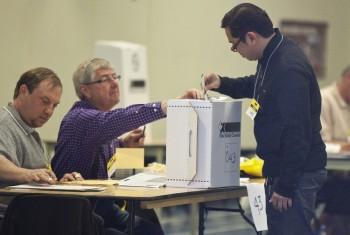
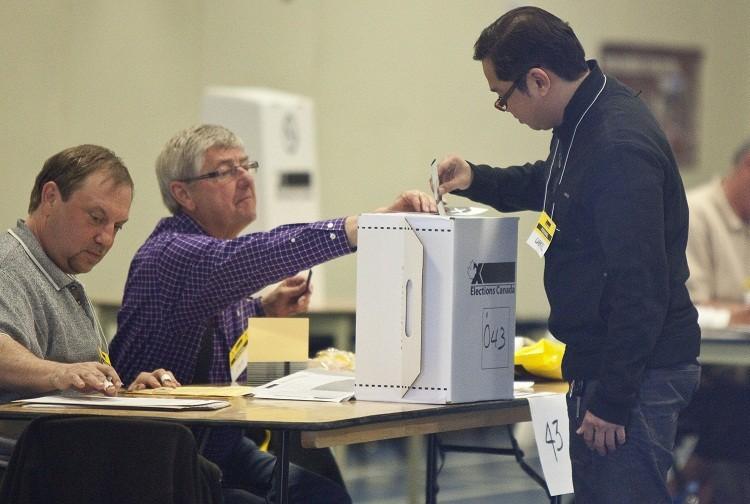
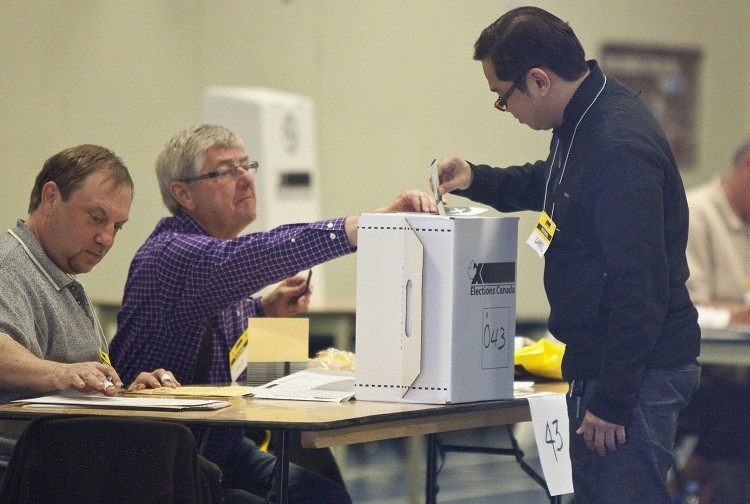
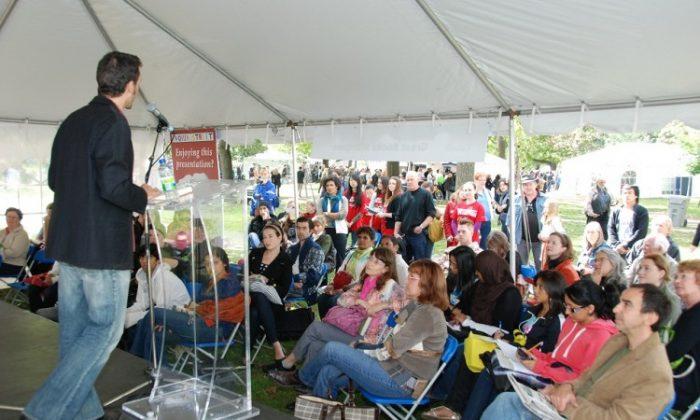

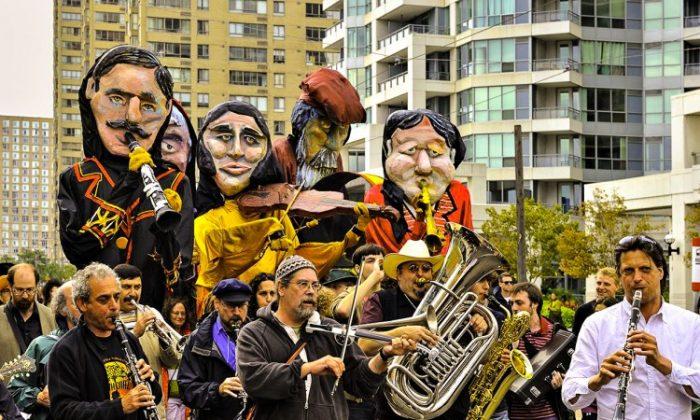
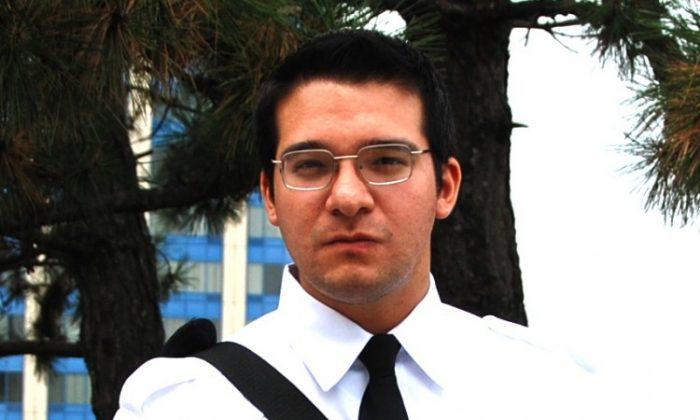
Friends Read Free